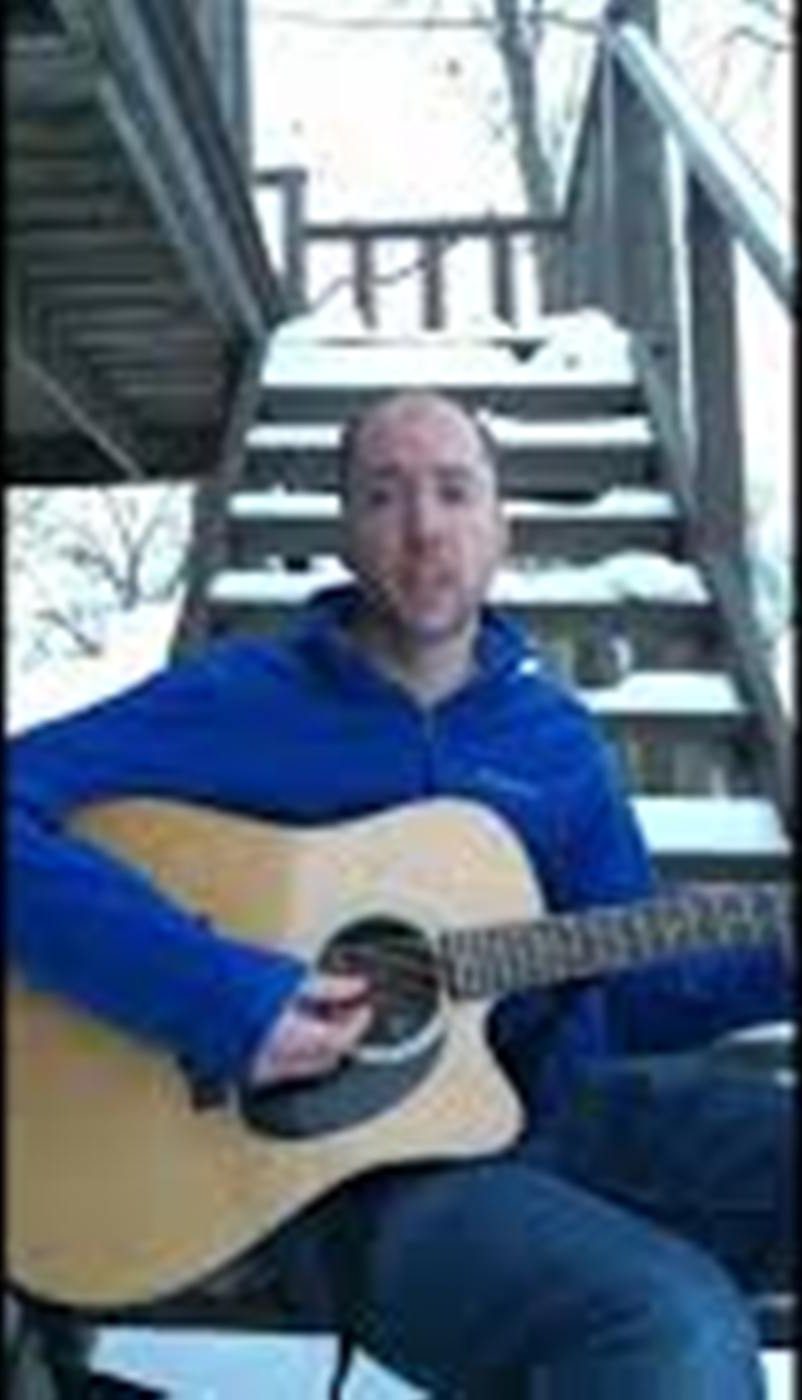I got a couple more performance videos done, I was aiming for five, and had rehearsed the five songs to some extent, but do the most I can with the time and energy I have.


Hopefully I can wrap those up over the weekend or by early next week, and get back to recording guitars. I’m still undecided about focusing on the Brit-Pop style songs, Surf-Rock style, Rockabilly, or 1980’s style.
I came across an interesting podcast that was talking about the music technique of “Counterpoint” and it’s history: https://musicstudent101.com/34-counterpoint-pt.1.html
Apparently there is some obscure yet somewhat-known Renaissance-era textbook by Johann Fux, “Gradus Ad Parnassum”, which features very stodgy rules for composing “classical” melodies which totally explain the format I’ve been repeatedly seeing in the National Anthems songbook, and also gives a more clear delineation as to how European Classical did not evolve into our modern American Pop music, which grew independently from the Colonial Folk songs into “Tin Pan Alley” and then Rock N’ Roll, and so on.
Here is a quote from his online bio reviewing the book “Gradus Ad Parnassum”:
“Haydn largely taught himself counterpoint by reading it and recommended it to the young Beethoven. Mozart had a copy of it that he annotated.” https://en.wikipedia.org/wiki/Johann_Joseph_Fux
Some of the stodginess comes from Fux insisting a main melody can only move stepwise with no repeated notes (which is actually sort of similar to 1980’s Pop), but also requiring everything to be built on a previously existing Gregorian Chant melodies (called “cantus firmus”). I had once read that the music of grunge band Alice N Chains was based on Gregorian Chant melodies; that group is known for their good vocal harmonies, and have called themselves “the Satanic Everly Brothers”, so I’m guessing that once I sit down to test out the ideas for writing the “harmonizing” the melodic lines using Counterpoint rules, I’ll find more vocal harmony concepts to play around with.
One critic of Elvis noted that his backup singers’ harmonies kept everything really bland in order to make his vocals seem more impressive against a bland background, so there could be some downfalls to the Counterpoint rules as well.
Of course there were other Folk melodies popular in Europe prior to the “Classical” style of mid-1700’s; for instance, the song “Greensleeves” can be dated back to at least 1597, since it is referenced in Shakespeare’s play “Merry Wives of Windsor” when character Falstaff says, “Let the sky rain potatoes! Let it thunder to the tune of ‘Greensleeves’!” The Folk music of Europe and America will always be by definition the true “popular” music; but one key feature of Folk song was that no one knew who the original author was, and these you’d be quite hard-pressed to find a new Popular song with no author credited, so those traditions of “true Folk songs” are pretty much out the window.
I’m getting a bit more writing done on the screenplays, that rewrite is 10% complete now, finished polishing up about 38 of 360 pages.
We had to drop off a car for inspection at the dealership the other day & I took my wife on a stroll around the dealer’s premises, they had a bunch of vintage cars inside one of the buildings, and we liked their Chevrolet Bel-Air the best. Hard to beat those classic designs, right?
https://www.carolinamusclecarsinc.com/vehicles/842/1956-chevrolet-bel-air
